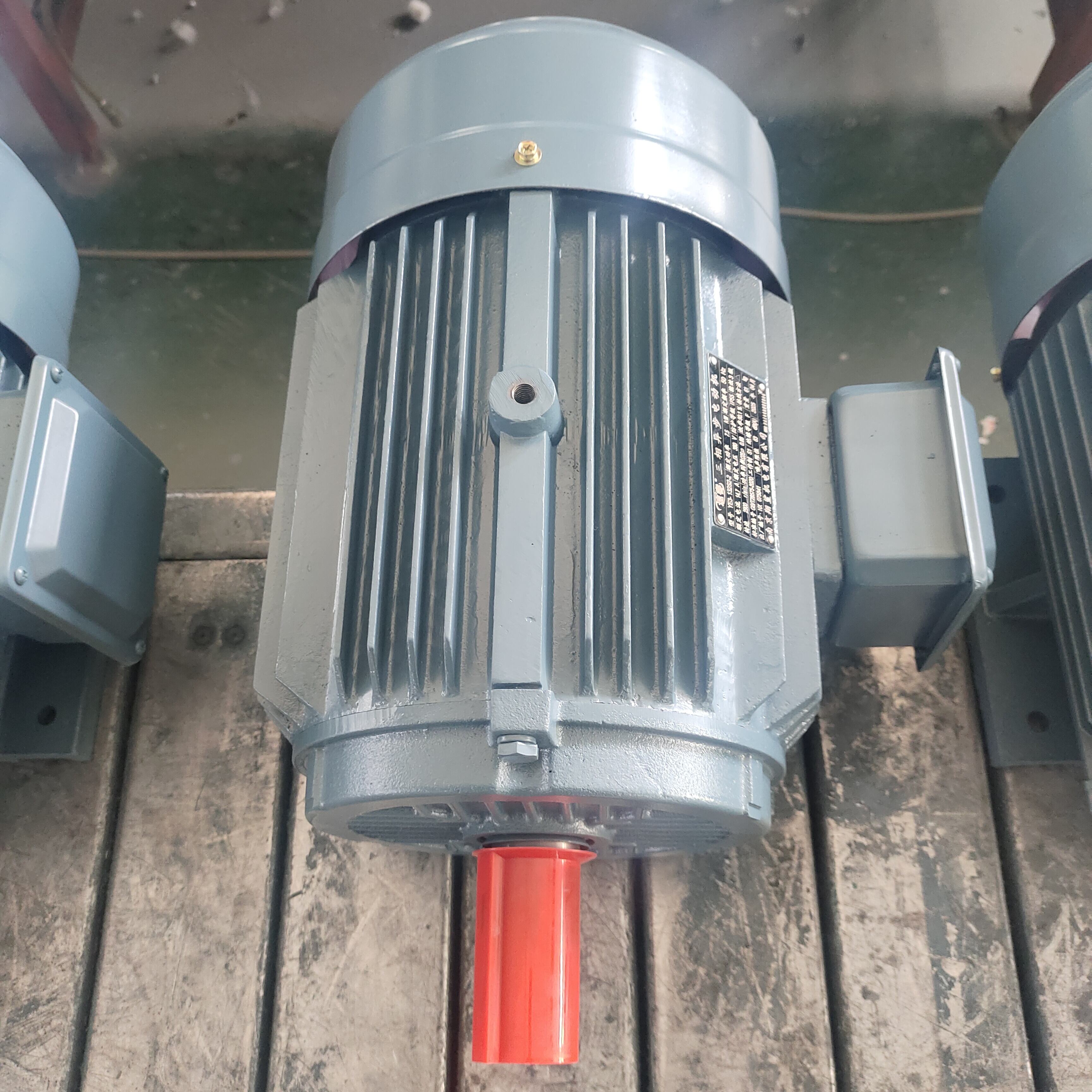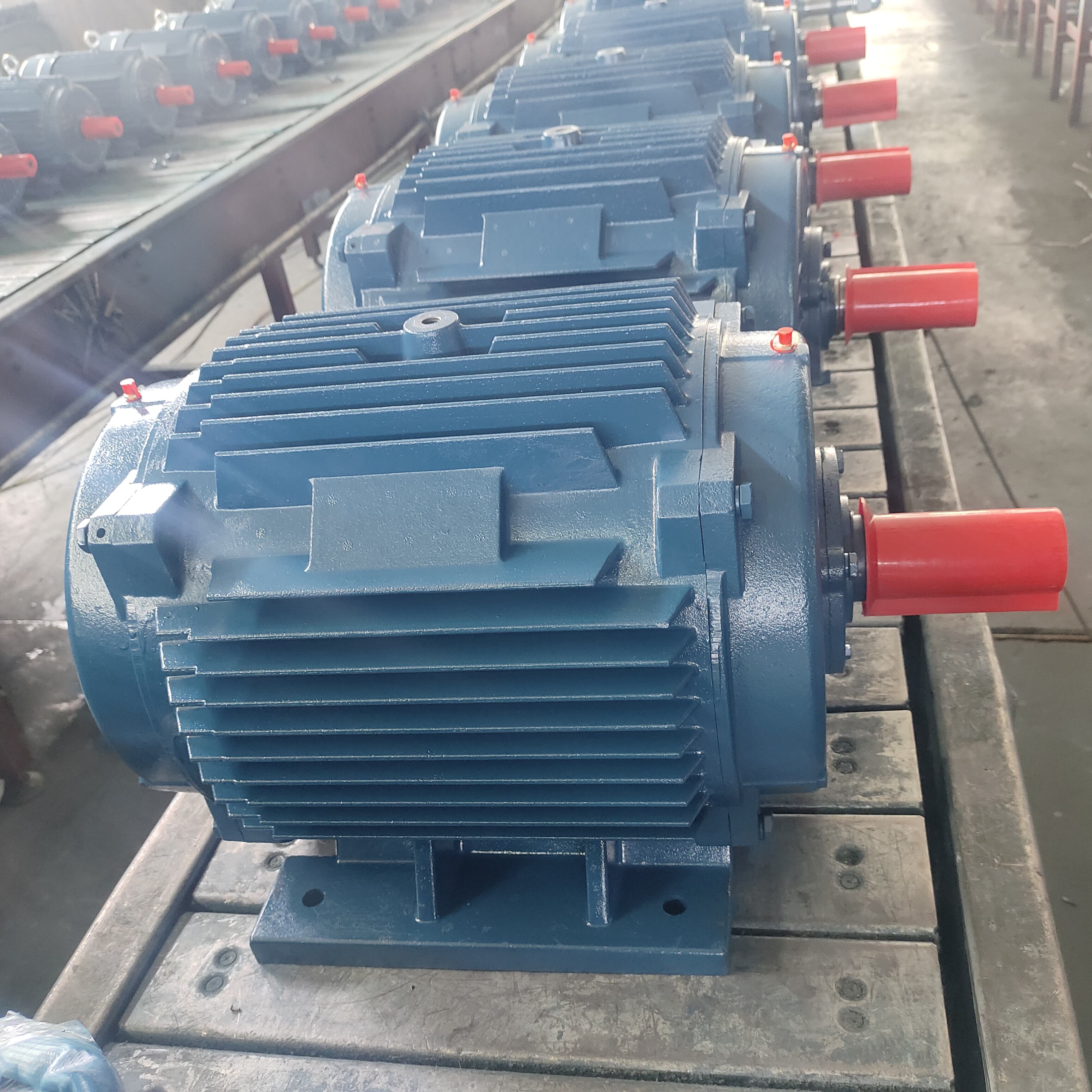Understanding the Fundamentals of AC Induction Motors
An asynchronous motor, also known as an induction motor, stands as one of the most widely used electric motors in industrial applications today. From conveyor belts in manufacturing plants to elevators in high-rise buildings, these robust powerhouses drive countless machines that keep our modern world moving. Their popularity stems from their simple construction, reliable operation, and cost-effectiveness.
At its core, an asynchronous motor operates on the principle of electromagnetic induction, where the rotating magnetic field in the stator induces current in the rotor, creating motion. Unlike their synchronous counterparts, these motors run at a speed lower than the synchronous speed, hence the term 'asynchronous.' This unique characteristic gives them their distinctive operational advantages and applications.
Core Components and Construction
The Stator Assembly
The stator forms the stationary part of an asynchronous motor, consisting of a cylindrical frame housing a laminated core with evenly spaced slots. These slots accommodate the three-phase stator winding, carefully designed to create a rotating magnetic field when energized with AC power. The quality of the stator's construction directly influences the motor's efficiency and performance.
Modern stator designs incorporate advanced materials and precise manufacturing techniques to minimize energy losses and enhance operational reliability. The windings are typically made of high-grade copper or aluminum, insulated to withstand thermal and electrical stress during operation.
The Rotor Construction
The rotor represents the heart of an asynchronous motor's operation. In its most common form, the squirrel-cage rotor consists of aluminum or copper bars embedded in a laminated core, connected at both ends by shorting rings. This elegant yet simple design eliminates the need for brushes or complex electrical connections to the rotating part.
The rotor's construction significantly impacts the motor's starting characteristics and operational efficiency. Modern designs optimize the shape and material of rotor bars to achieve the desired torque-speed characteristics while maintaining high efficiency across the operating range.

Operating Principles and Performance
The Concept of Slip
The fundamental characteristic of an asynchronous motor lies in its slip - the difference between the synchronous speed of the rotating magnetic field and the actual rotor speed. This slip is essential for the motor's operation, as it enables the induction of current in the rotor, generating the torque necessary for rotation.
Typical slip values range from 2% to 5% at full load for standard industrial motors. Understanding slip helps in analyzing motor performance and troubleshooting operational issues. It also plays a crucial role in speed control applications and efficiency optimization.
Speed-Torque Characteristics
The relationship between speed and torque in an asynchronous motor follows a distinct pattern that makes it suitable for various industrial applications. The motor develops maximum torque at a specific slip value, known as the breakdown torque, which provides a safety margin against overload conditions.
Modern variable frequency drives (VFDs) can modify these characteristics, offering flexible speed control while maintaining optimal efficiency. This capability has expanded the application range of asynchronous motors into areas traditionally dominated by DC motors.
Applications and Industry Usage
Industrial Applications
Asynchronous motors power numerous industrial processes, from simple fans and pumps to sophisticated manufacturing equipment. Their reliability and low maintenance requirements make them ideal for continuous operation in demanding environments. Industries rely on these motors for applications requiring constant speed operation under varying load conditions.
The food and beverage industry, for instance, uses asynchronous motors in mixing equipment, conveyor systems, and packaging machines. Their sealed construction and absence of sparking components make them particularly suitable for hazardous environments.
Commercial and Residential Uses
Beyond industrial applications, asynchronous motors find extensive use in commercial and residential settings. HVAC systems, elevators, and escalators commonly employ these motors due to their reliability and efficiency. Modern home appliances like washing machines and dishwashers also benefit from the simple yet effective operation of asynchronous motors.
The growing emphasis on energy efficiency has led to the development of premium efficiency asynchronous motors that exceed traditional performance standards while reducing operating costs.
Maintenance and Troubleshooting
Preventive Maintenance Practices
Regular maintenance ensures optimal performance and longevity of asynchronous motors. This includes periodic inspection of bearings, checking winding insulation resistance, and monitoring operating temperature. A well-maintained motor can provide years of reliable service while maintaining its efficiency.
Modern predictive maintenance techniques utilize vibration analysis and thermal imaging to detect potential issues before they lead to failure. This proactive approach minimizes downtime and extends motor life.
Common Issues and Solutions
Despite their robust design, asynchronous motors can experience various operational issues. Overheating, unusual noise, and excessive vibration are common indicators of potential problems. Understanding these symptoms helps in quick diagnosis and resolution of issues.
Many problems can be prevented through proper installation, regular maintenance, and appropriate application selection. When issues do occur, systematic troubleshooting approaches help identify and resolve them efficiently.
Future Trends and Innovations
Smart Motor Technologies
The integration of smart technologies is transforming asynchronous motors into intelligent components of the Industrial Internet of Things (IIoT). Embedded sensors and connectivity features enable real-time monitoring and predictive maintenance, enhancing operational efficiency and reliability.
Advanced motor control algorithms and artificial intelligence are opening new possibilities for optimization and energy savings. These innovations are making asynchronous motors more adaptable and efficient than ever before.
Sustainability and Efficiency Improvements
Ongoing research focuses on developing more energy-efficient designs and sustainable manufacturing processes for asynchronous motors. New materials and construction techniques are being explored to reduce environmental impact while improving performance.
The push towards carbon neutrality is driving innovations in motor design and operation, with manufacturers striving to meet increasingly stringent efficiency standards while maintaining cost-effectiveness.
Frequently Asked Questions
What makes an asynchronous motor different from other motor types?
An asynchronous motor operates based on electromagnetic induction, where the rotor speed is always less than the synchronous speed of the rotating magnetic field. This characteristic, along with its simple construction and robust operation, distinguishes it from synchronous and DC motors.
How long can an asynchronous motor typically last?
With proper maintenance and operating conditions, an asynchronous motor can last 15-20 years or more. The actual lifespan depends on factors such as operating environment, maintenance practices, and load conditions.
Are asynchronous motors energy efficient?
Modern asynchronous motors can achieve very high efficiency levels, especially when operated with variable frequency drives. Premium efficiency models can exceed 95% efficiency at rated load, making them an excellent choice for energy-conscious applications.
Can asynchronous motors be used in variable speed applications?
Yes, when coupled with variable frequency drives, asynchronous motors can provide excellent speed control capabilities. This combination offers flexible operation while maintaining efficiency across a wide speed range.


